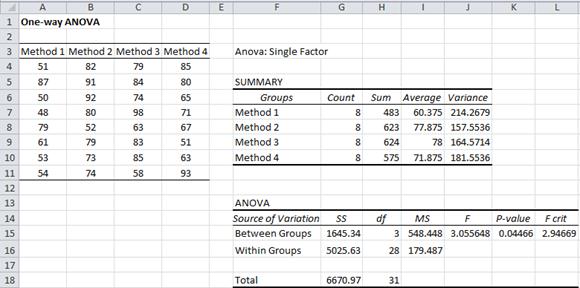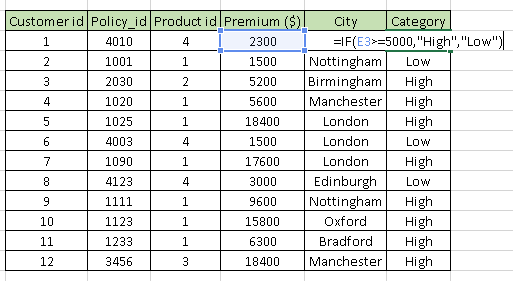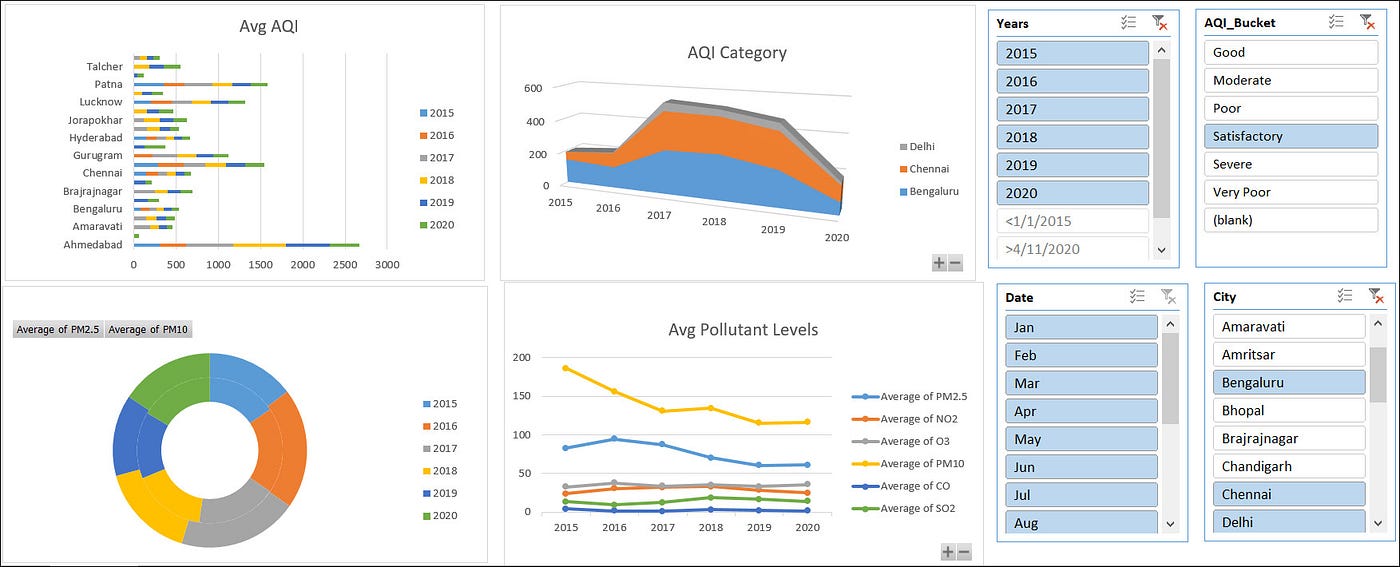
However, using Excel for statistical analysis requires clarity of thought, data analysis knowledge, and strong decision-making skills. The convenience of use and cost are two very important reasons why most data professionals prefer using Excel for statistical data analysis. MS Excel is one of the most commonly used tools for data analysis. Using Excel for Statistical Analysis: Sampling.
#DATA ANALYSIS WITH EXCEL METHODS GENERATOR#

#DATA ANALYSIS WITH EXCEL METHODS SERIAL NUMBER#
The WEEKDAY function turns any date (in serial number form) into a number, ranging from 1 (Sunday) to 7 (Saturday) by default. It’s especially useful when you’re analysing a workbook that has dates in a text format that you want to filter or sort as dates. The formula for this is: =DATEVALUE(date_text)įor example, =DATEVALUE("") will return 27463 This function converts a date that is stored as text to a serial number that Excel recognizes as a date. But you can change its appearance in the number format settings. The value returned is usually a serial number that represents an Excel date and time. Simply select your desired cell and enter the formula: =NOW() The NOW function returns the current date and time of when you entered the formula. The same formula would now look like this: =A1&" "&A2įor a more visual explanation, take a look at this short video demonstrating how concatenation is used.ĭid it hurt? When you had to manually add the dates and times to your Excel spreadsheet? Well those painful days are over.

Let’s say you have ‘John’ in cell A1 and ‘Smith’ in cell A2, you can join them together (with a space in the middle) using concatenation. Use this function to join two or more text strings into one string. To change it to title case (John Smith), use the formula: =PROPER(A1) To change it back to lowercase (john smith), use the formula: =LOWER(A1) To change the name to uppercase (JOHN SMITH), use the formula: =UPPER(A1) If you had ‘john smith’ in cell A1 and you didn’t like the look of it, you could use these 3 easy functions to change it. Well, these text manipulation functions will allow you to clean up your data and make sure the formatting looks as good as you need it to be for presenting to stakeholders. Have you ever imported/downloaded some data and found that it’s all over the place?įirst names and last names joined together as one long name (johnsmith), and addresses are in ALL CAPS MAKING YOU FEEL LIKE YOUR DATA IS SHOUTING AT YOU. You can also use this function in conjunction with other functions such as AND and OR. You can see that the formula used is: =AVERAGE(B2:D2) The usual way to use this function is to use a range, like we’ve shown below.

To calculate the average, Excel sums all numeric values and divides by the count of numeric values. The AVERAGE function calculates the average of numbers entered into its formula. These functions allow you to perform calculations on a set of values and return a single value. Take a look at these super useful functions (sorted by category) and level up from data zero to data hero. If you add the right functions to your spreadsheet skillset, analysing data becomes a breeze. The good news is that the most useful Excel functions aren’t even the hardest.

It can be rough trying to match the right formula with the right type of data analysis. *You before reading this blog* (continue reading to find out what happens after)


 0 kommentar(er)
0 kommentar(er)
